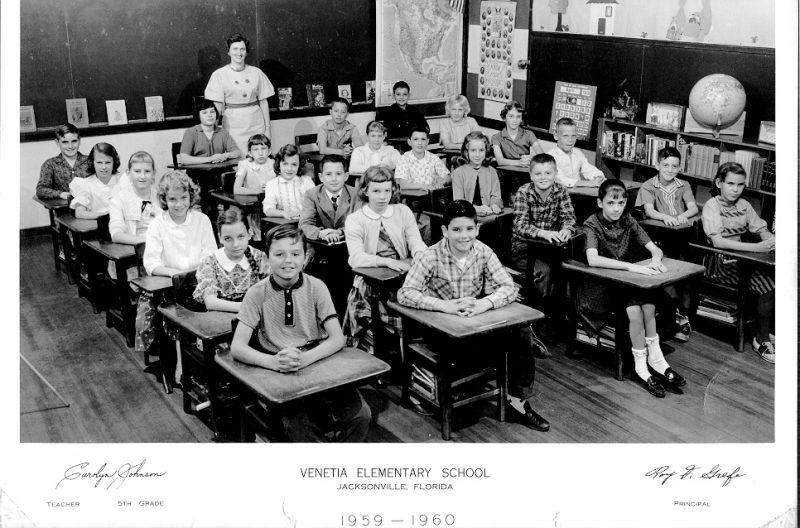Teachers are now considered to be “essential workers.”
| Boat Building: Not sure yet how we can do these types of hands-on skill building projects in this brave new world…. |
a. Of course we’re essential. We’ve known that for decades. The hard part has been that our society as a whole has not recognized this, resulting in crumbling physical infrastructure (our schools are literally falling down), social and political disrespect. This is evidenced in decreases in funding, stagnant or decreasing salaries, and drooping new teacher numbers, to the point that in this COVID pandemic, there simply are not enough teachers to cover the expanded staffing needs of schools now holding more but smaller classes.
b. Being essential workers now means that when (not if) our school or district faces increases in COVID or if our county, city, or state declares a state of emergency restricting people to their homes as was done this spring, teachers are required to keep right on working.
| Wonder how we’ll do this type of learning remotely or in “socially distanced” classrooms? |
Across the country, teachers are returning to work right now. The shortage of PPE (personal protective equipment) such as gloves, masks, plexiglass protective barriers, and hand sanitizer (in some schools, even soap and running water) is already critical. Our school turned to a local nonprofit making face shields out of plastic and rubber bands so our teachers could have something other than “just” a homemade mask.
As the news has covered, in some districts, teacher unions are striking because of unsafe work conditions. Less widely covered are the stories of families where young moms and dads are making out their wills and deciding on who will take the children if one or both of them get sick and die from COVID caught or spread from schools. Some reports suggest that from 10 to 25% of all teachers will not return to teaching because, while they love their kids, they simply cannot afford to be in a high risk, largely unregulated environment for 8-10 hours per day that doesn’t/can’t follow even CDC recommendations for safety.
I’m sure all of that sounds familiar to anyone who followed(s) the crisis our health care workers face(d). Much like healthcare workers who needed to learn new and constantly developing protocols and treatments, educators are facing sometimes conflicting recommendations on how they need to make their classroom safe. This while also realizing that their class of 25 second graders, who can no longer be accommodated in one classroom with one teacher, will be split into two rotating groups. And, half of those 25 kids’ parents have opted out of in-person education… meaning that teachers must now prepare two sets of instructional lessons- one to be recorded and shared remotely and the other to be taught in person, just to two smaller groups rotating through on an A/B hybrid schedule.
In my own school, teachers returned last week… and are now wrestling with the reality that we’re being asked to master technologies (several, all at once) so as to teach on-line asynchronously and synchronously AND teach in the classroom with 5-10 kids four or five days a week. That’s truly a double job.
| Last year’s culminating Grade 4-5 project on building and running a town. |
It’s been SO very hard to keep ourselves focused with a “we can do this against all odds!” mindset. Those of you who are or who know teachers, that’s generally their motto, even in “normal” years.
This year, our Superintendent didn’t dare do his usual “We’re gonna have a GREAT year! Rah rah- go get ’em” speech. In fact, in a week filled with classroom cleaning and hallway and Team meetings, both virtual and in small groups, he’s been spotted only once. There’s a rumor he’s been hiding at home watching TV. haha I’m sure that’s only a rumor…hmmm … I hope that’s only a rumor.
Yesterday, we elementary teachers had 5 hours of online training. Today, another three. We’ve now been shown how to FlipGrid, Zoom, Google Meet, GoGuardian and even Loom. In between, we deep-cleaned and re-arranged our classrooms and met in grade-level groups to trouble shoot how we will develop dual curricula with completely differing approaches, while seamlessly integrating the new software requirements.
Joy, one of our fifth grade teachers, offered an impromptu cheer-leading speech, reminding us that we’re the “front line” in this pandemic in a way that, while vastly different from our first responders and medical staff, is still a lifeline for five to eighteen year-olds… AND their families who need to get back to work.
Besides, she noted, “This is an opportunity to learn new skills and develop new curricula and methodologies that could change the face of education forever.”
She may well be right… for the most part, American educational systems are still built upon the “factory model” that evolved as the Industrial Revolution moved through our world. Nothing major has changed. Maybe now it will be forced to change- to the betterment of our future generations, particularly those many millions of kids who, through no fault of their own, attend below-average schools and struggle to get an education that will empower them in their lives.
Pandemics have few benefits. But, wouldn’t THAT be cool?


